Biggleston and ESLA lamp posts
Click here to go to the Beno lamp post guide homepage
1830s - 1890s
H M Biggleston & Sons (originally called Drury & Co) started in 1835.
H M Biggleston were a large Iron foundary in Canterbury. It was the largest Iron foundary in the area. They produced most of the infrastructure in Canterbury and the surounding area. A lot of their stuff still survives today.
In the 1880s H M Biggleston produced the iron for the original channel tunnel (which didn't get very far).
1900s - 1920s
H M Biggleston continued to produce all of the infrastructure in Canterbury and surounding area. Lots more infrastructure was built at this time, including iron bollards and of course lamp posts.
H M Biggleston's lamp posts in canterbury still survive to the present day (although the lamps might not be original?). It is awesome that the council care about this sort of heratage, as councils usually only care about the usual stuff that brings in the tourists.



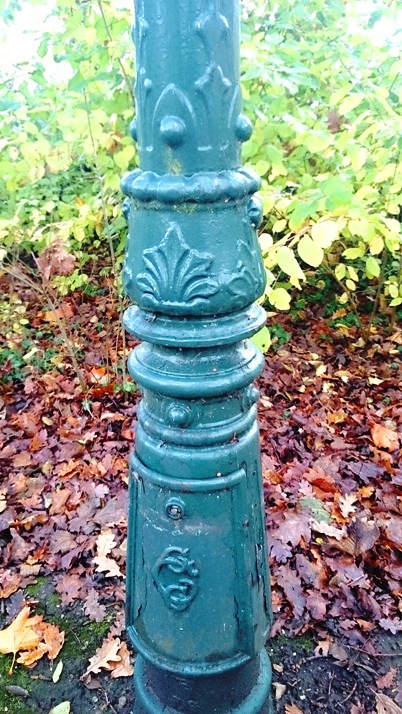






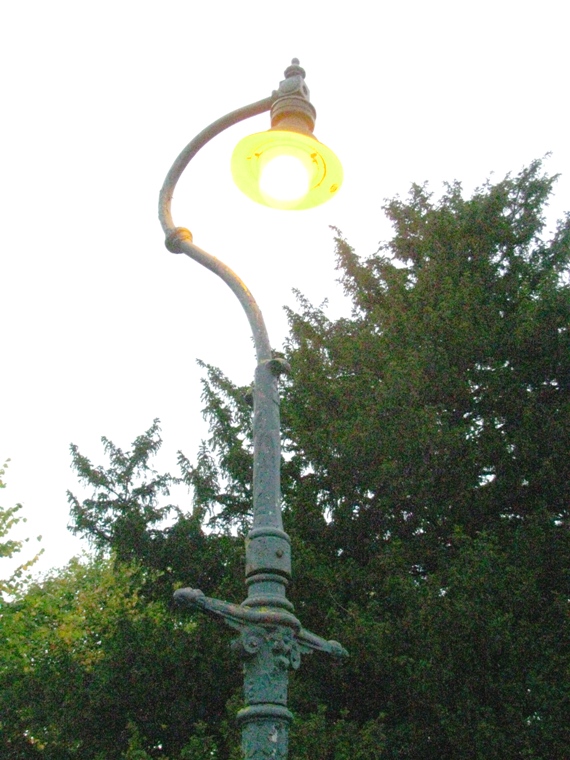







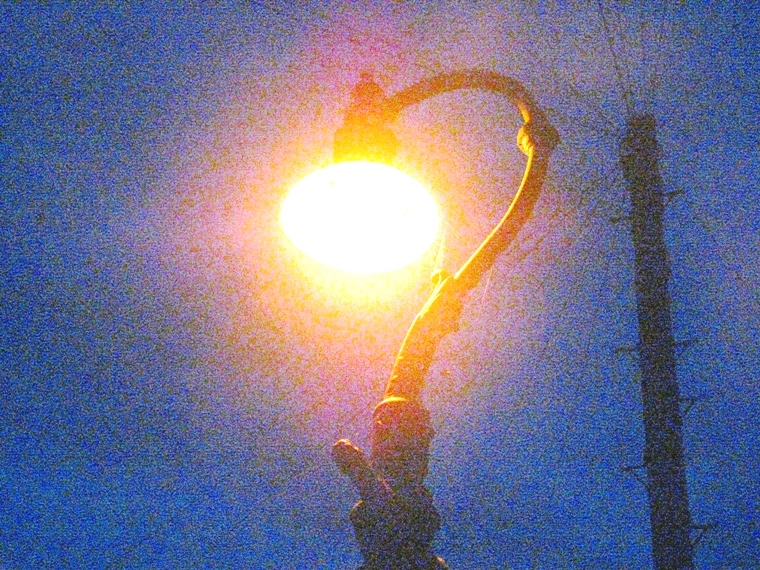
Here's one with the usual Windsor/Urbis lamp.

These ones have had their lamp replaced with an AC Ford.
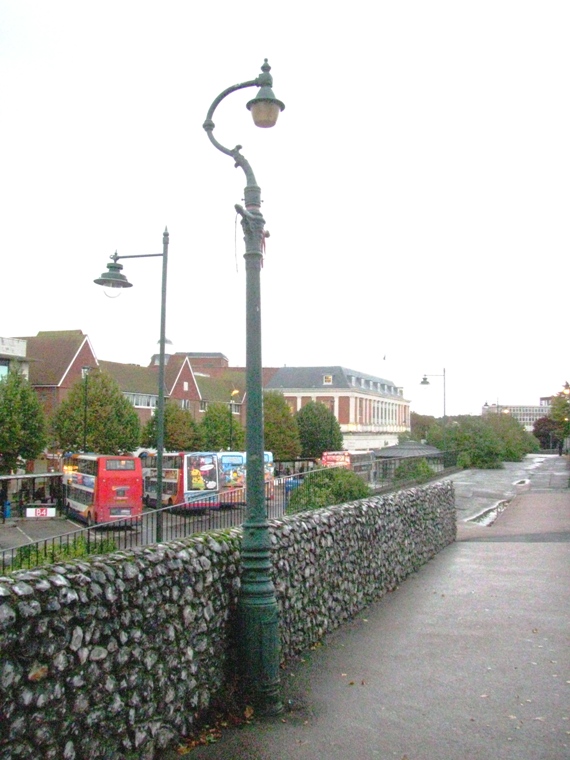



Here is a video.
1920s - 1930s
In 1908 Herbert Biggleston (from HM Biggleston) was approached by his old school friend Haydn Harrison who was developing a light reflector system, and the company ESLA was formed.
ESLA (Electric street lighting apparatus co.) started making lamp posts in the 1920s. These were manufactured by HM Biggleston in Canterbury. The ESLA lamp is a very iconic design. Loads of them were installed all over the UK. In the 1930s Revo and GEC copied ESLA's design and produced their own (These were so similar that you can't tell them apart).
ESLA lamp posts are now ultra rare on public streets. Most of the surviving ones are in private ownership. Also some ESLAs have survived in peoples gardens. (Most lamp posts in people's gardens are crap fake victoria things, but every now and them you see a genuine one).
Here is one in Newington. An awesome find. This one is attached to someones house, it extends into the street but probably isn't owned by the council as its still here. It looks like it has been here all along (not a added later by a collecter), this house probably used to be a shop. Sadly this ESLA doesn't light up.






Here is one attached to a pub in Chipstead (Sevenoaks).


ULTRA RARE 1880s? gas lamp modernized with ESLA lamp and Lucy Oxford box (when electricity first came in). Located at Concrete Utilities lamp post museum.
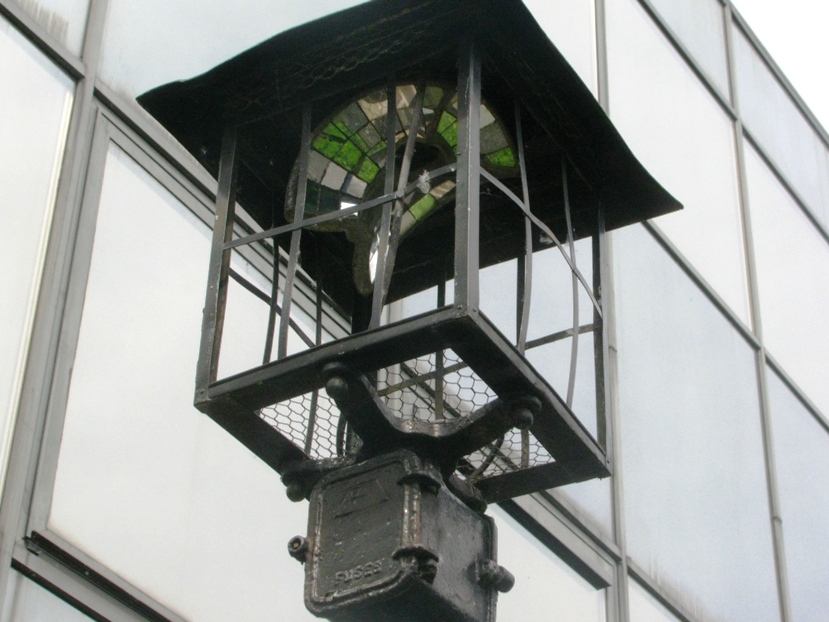
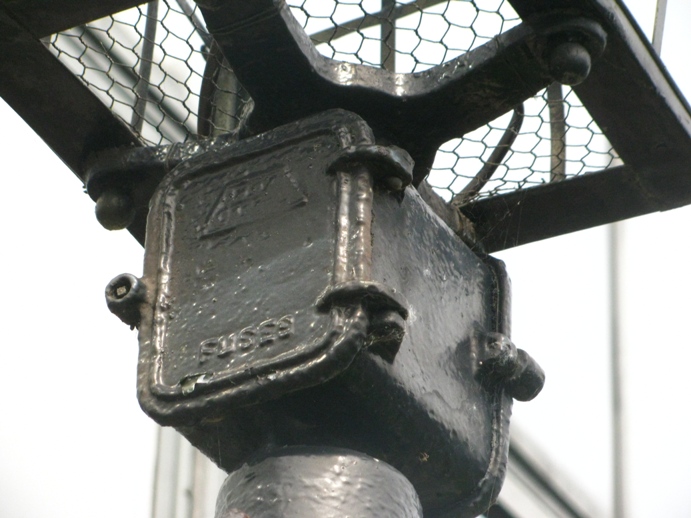

Here is a Revo lamp post in a garden in Longfield. The lamp might be Revo's ESLA copycat design.
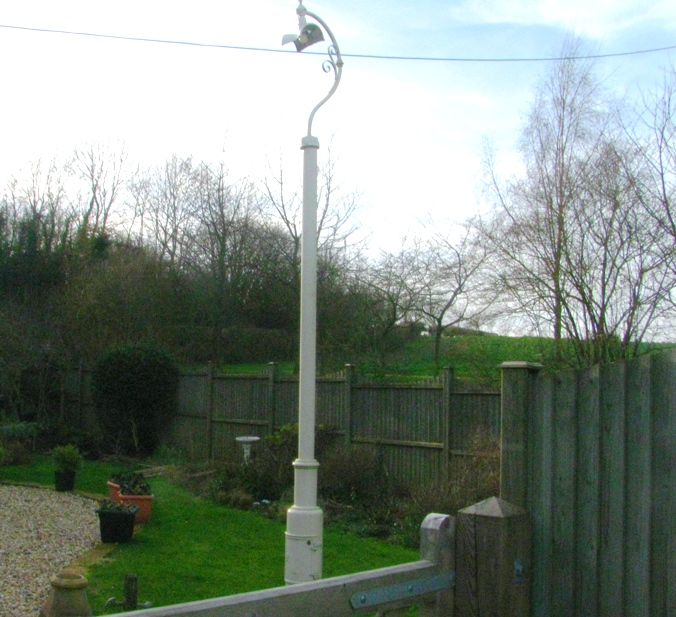



ESLA modernized by AC Ford in the 70s near Canterbury.


Here are some examples of modernized ESLA's around Kent.
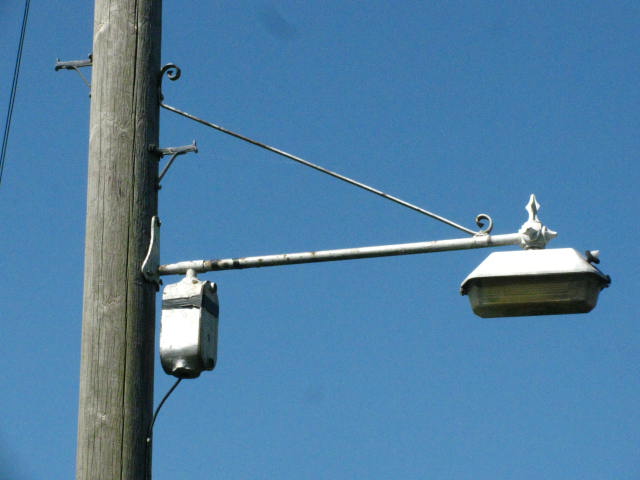









ESLA lamp post modernized by AC Ford. (Actual full ESLA lamp posts are rare).


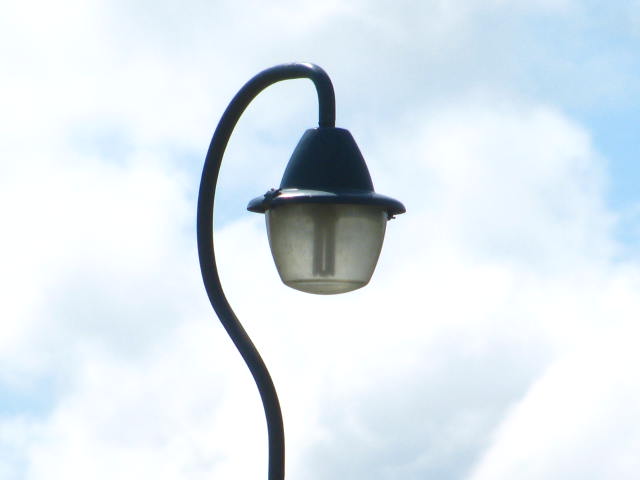

ESLA lamp post in a garden near Faversham (Looks weird with CFL light bulb).


BLEECO with ESLA lamp at Concrete Utilities lamp post museum.


ESLA on a different BLEECO with reflections in the window at Concrete Utilities lamp post museum.
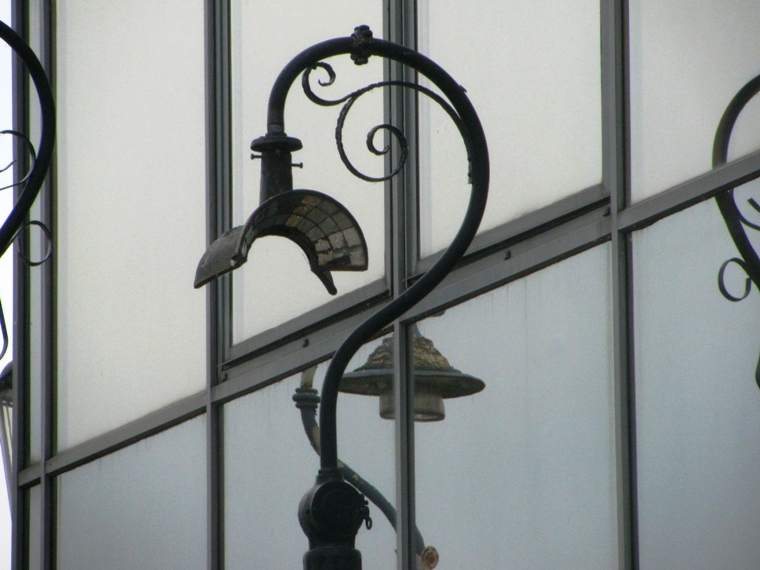
BW? lamp post with ESLA lamp at Concrete Utilities lamp post museum.

ESLA lamp post with tall bracket and ESLA lamp at Concrete Utilities lamp post museum.


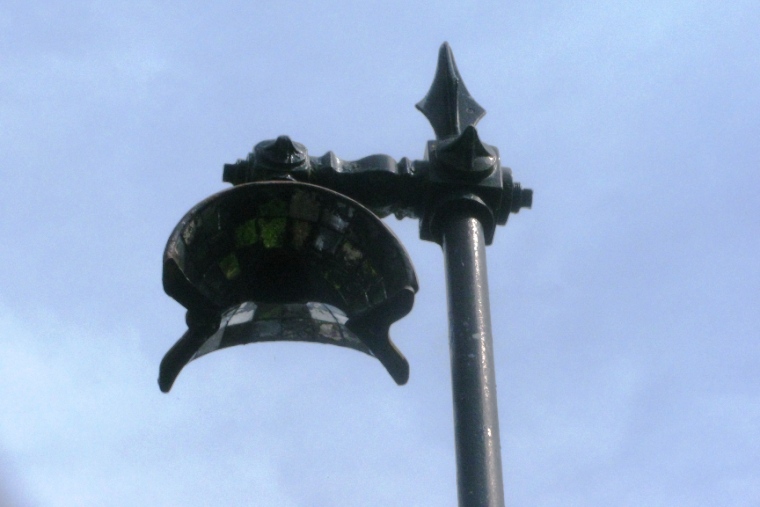

Experimental designs
ESLA also made some lamps with 2 bulbs. As well as this they also made some weird double deck lamps. Both of these are extremely rare.
Late 1930s - 1940s
Tungsten bulbs were going out of fashion for street lighting because they need replacing too often and they use 60 - 80 watts. Sodium bulbs were coming in which last a very long time and only use 40 watts (but they have a nasy orange glow). Also mercury bulbs were coming in which awere also long lasting and gave of a grren blue colored light.
ESLA designed a version of their lamp for sodium bulbs (which are much longer than tungsten). With ESLA's new design the bulb went across the lamp fitting rather than hanging below it. But not many of these sold.
Also there was another problem. Exposed bulb lamps were going out of fashion, councils wanted glass to protect the bulb. By the 50s there were no lamp posts being installed with exposed bulbs. ESLA never managed to update their design and add glass.
ESLA sodium lamps are now extremely rare to find.
I havn't found any yet
Click here to go to the Beno lamp post guide homepage